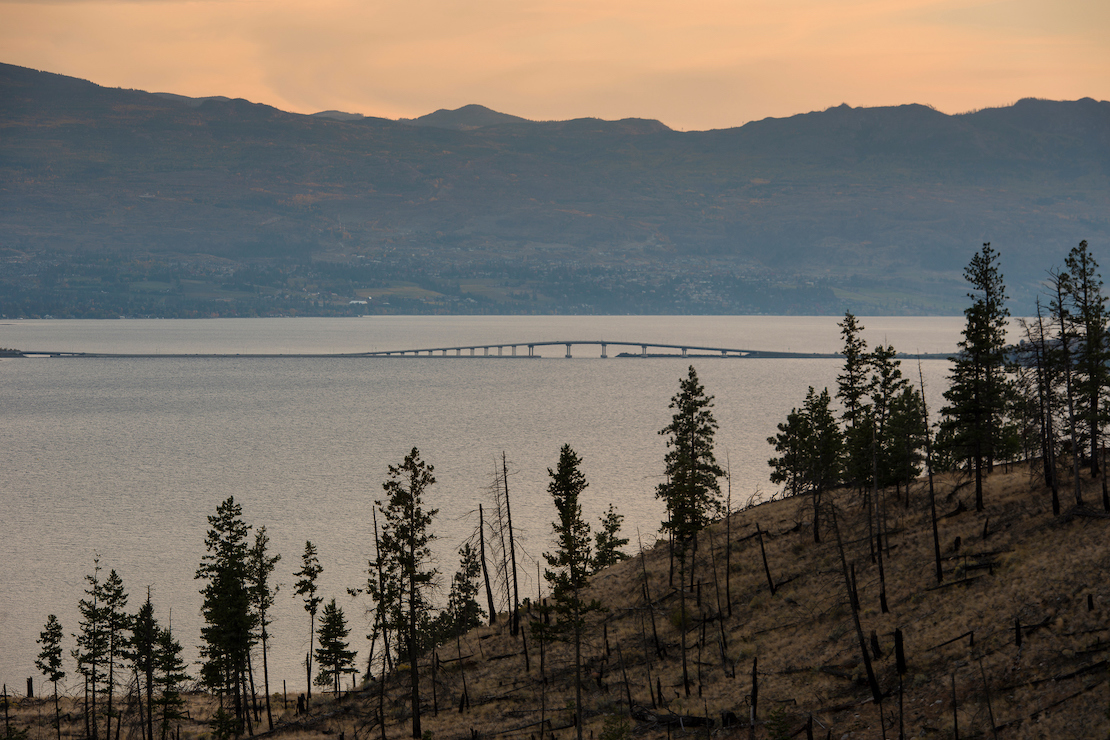Protected areas in B.C. cover more than 14 million hectares of the province. Parks have long been recognized as valuable benchmarks for monitoring conditions that are not directly affected by human activities.

BC Parks’ Long-Term Ecological Monitoring (LTEM) Program aims to monitor ecological changes occurring across B.C.’s landscape, from the marine and intertidal biome right up to the alpine and sub-alpine biome. The data that results from 10, 20, or 50 years of monitoring will be invaluable for describing trends and rates of change in our very diverse and topographically complex province.
Land managers across the province will need to know what kinds of changes are happening in B.C.’s ecosystems, where and at what rate, in order to make informed management decisions that will protect the natural qualities of our province. BC Parks’ LTEM data will serve as a valuable resource for land managers.
If you are interested in knowing more about this project, please email us at BCParksConservation@gov.bc.ca.
Ecological monitoring is the “repeated observation, through time, of selected objects and values in the ecosystem to determine the state of the system”.
Clayoquot Sound Scientific Panel
Get the data
BC Parks’ Long Term Ecological Monitoring (LTEM) data will help build an understanding of ecological processes by revealing patterns and trends occurring over time. This data will serve as a benchmark of the current state of the environment that can then be compared to future conditions and support land managers across B.C.
It is difficult to predict the impact that a large ecological monitoring data can make in 10-or-20 years' time, but we need to start now so that we are better prepared to respond and adapt to the ecological changes that are already occurring on our landscapes.
